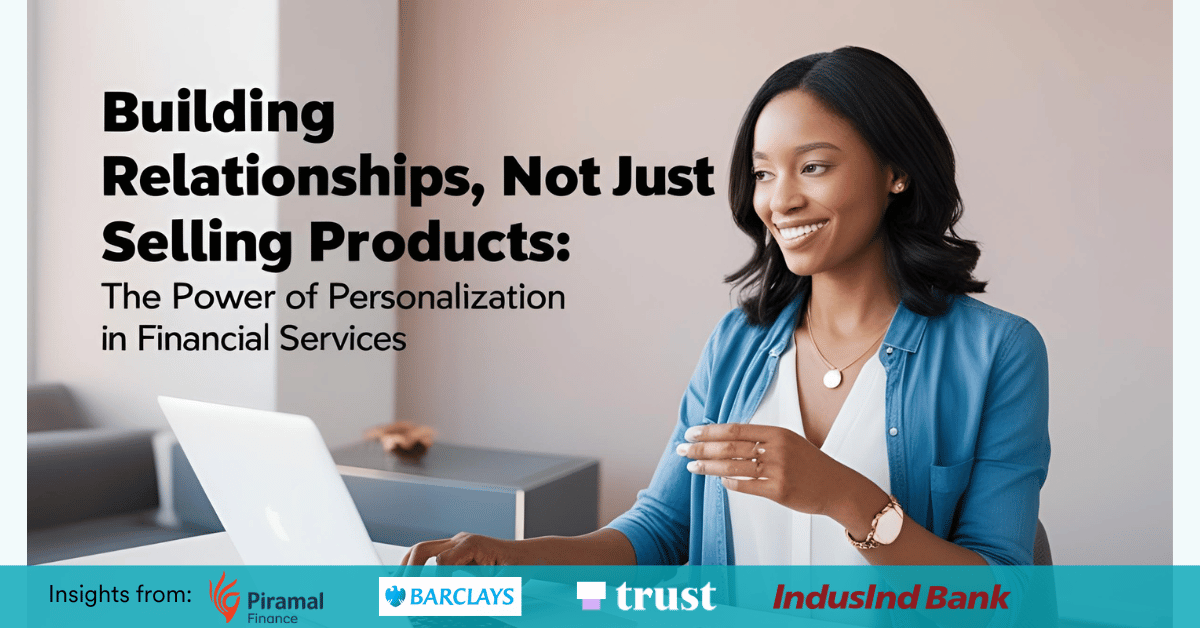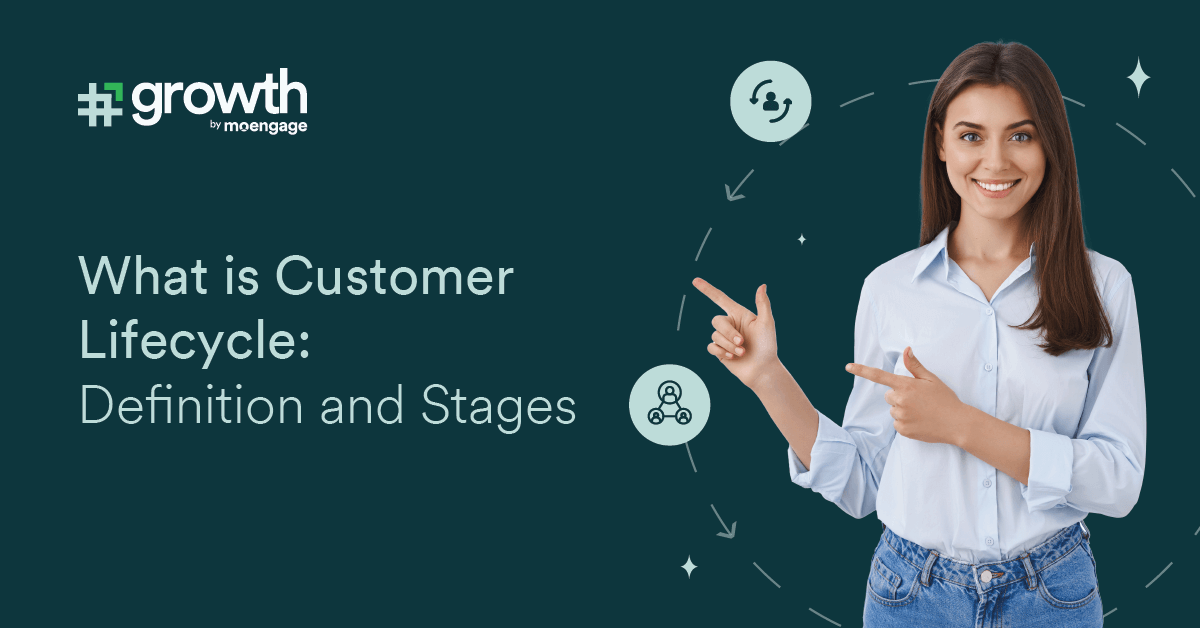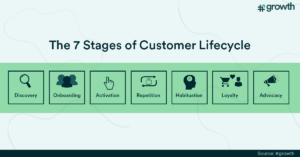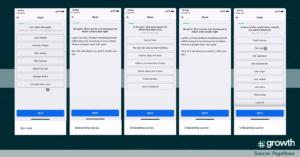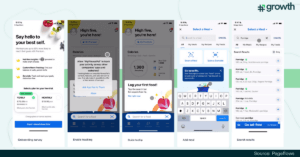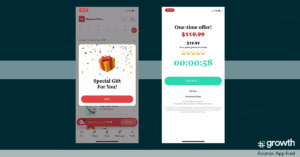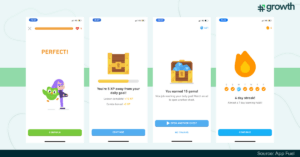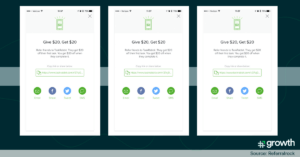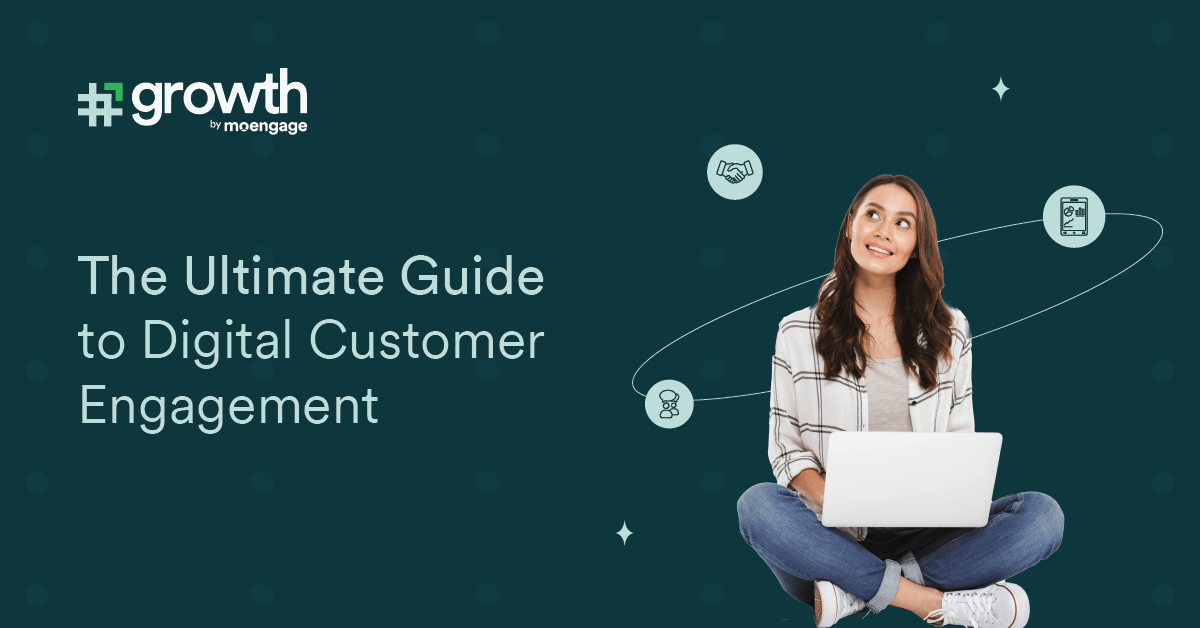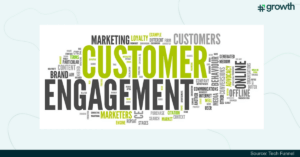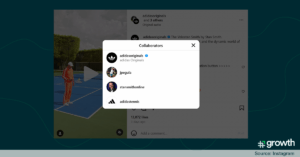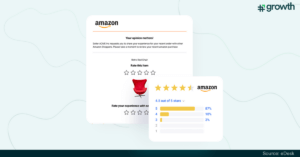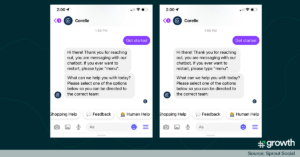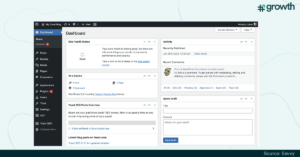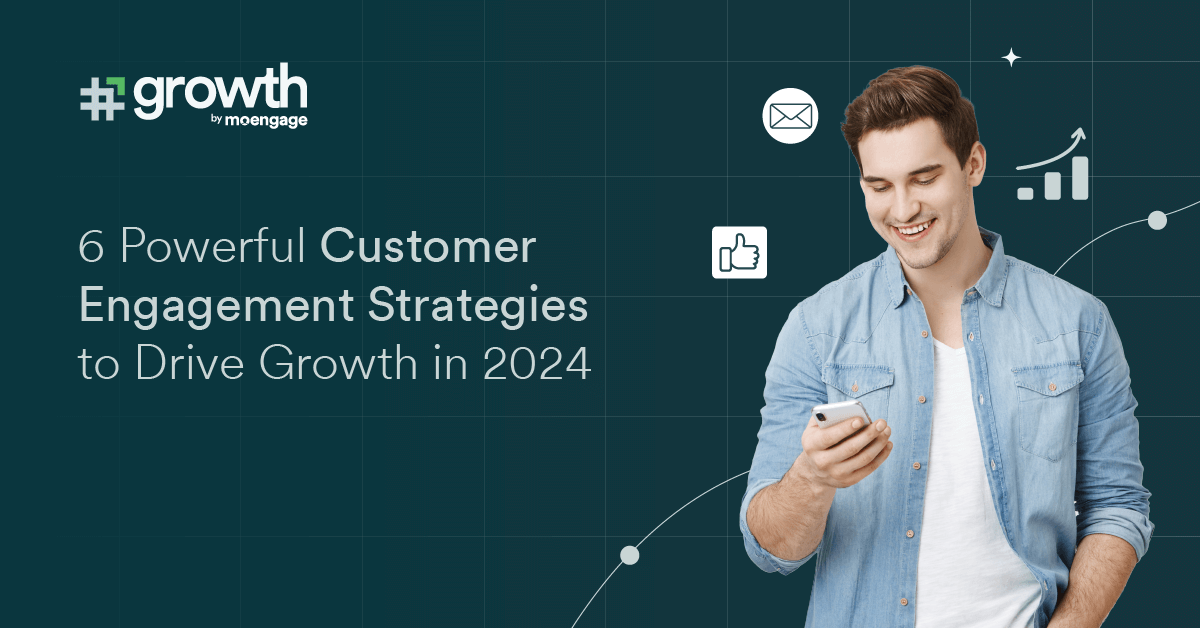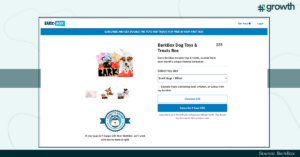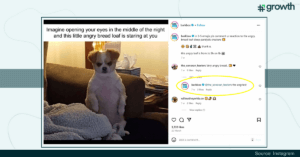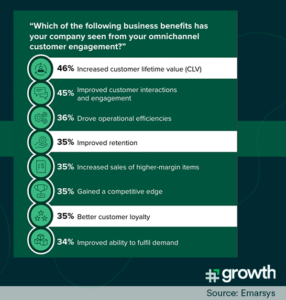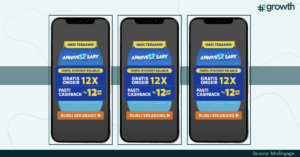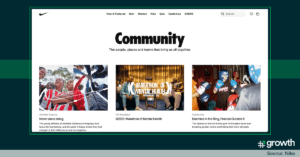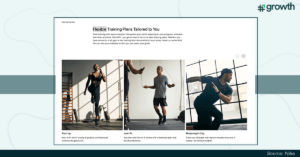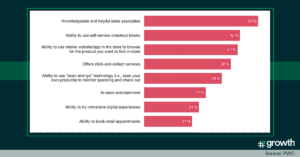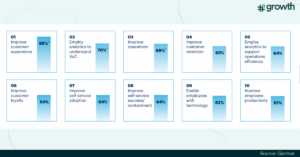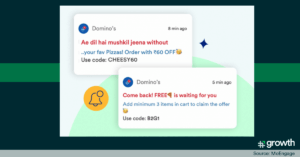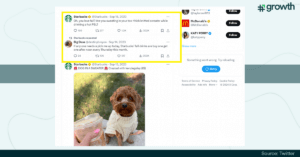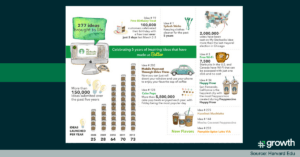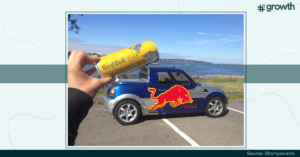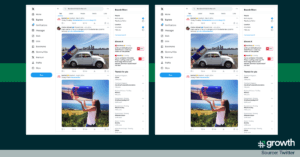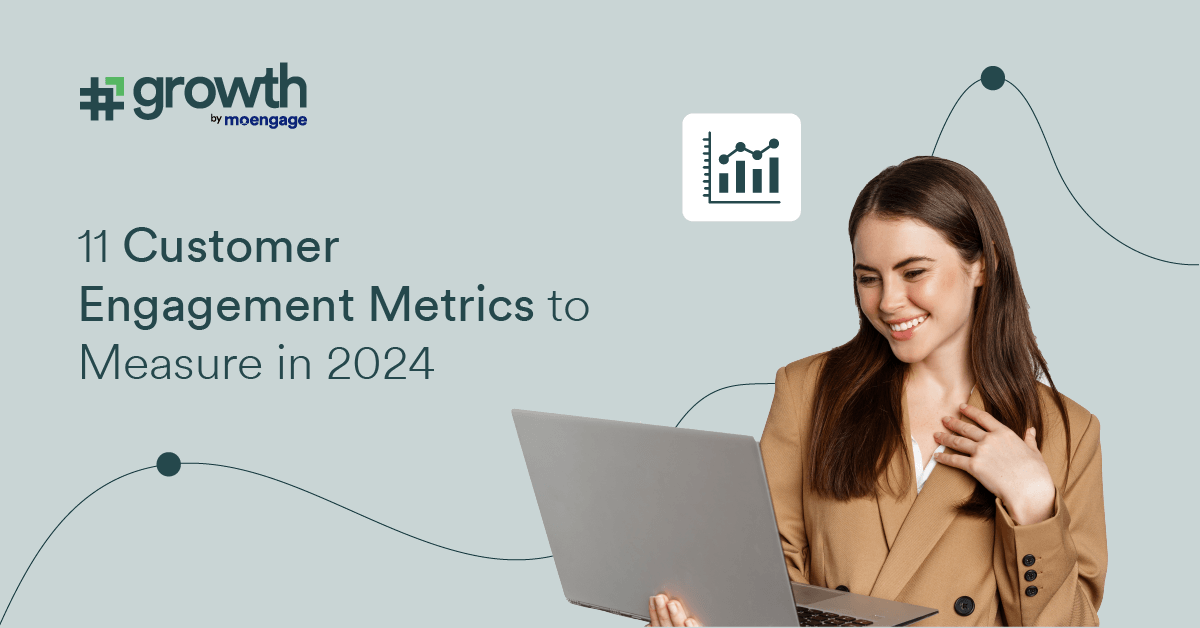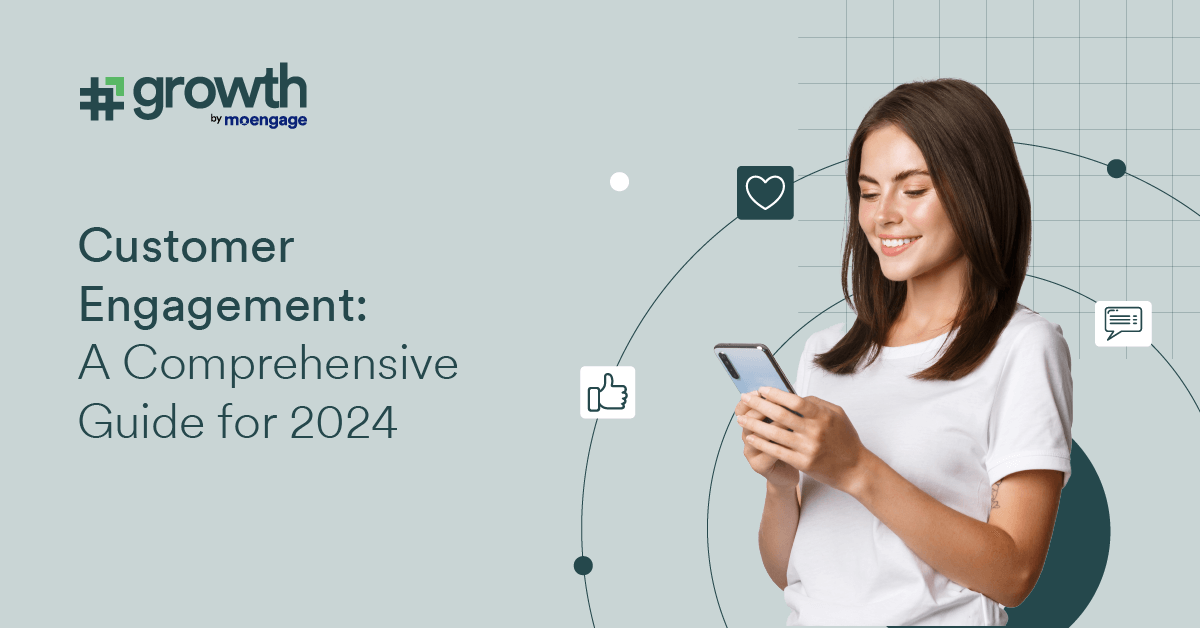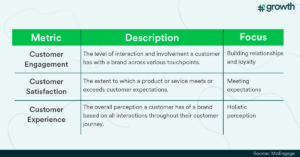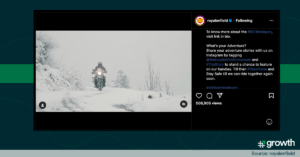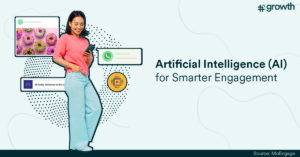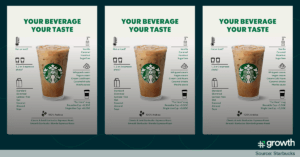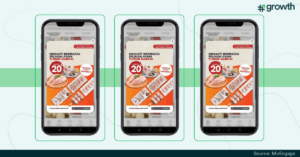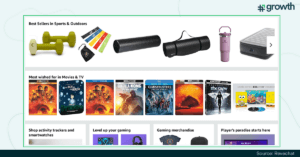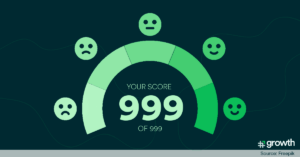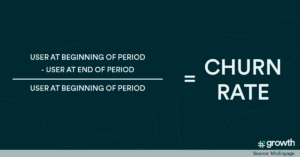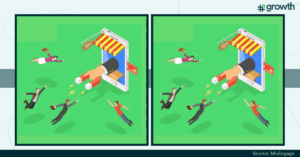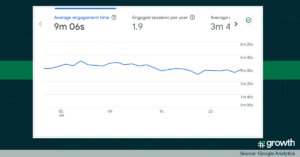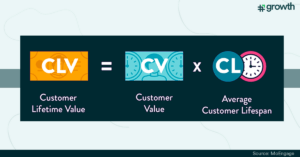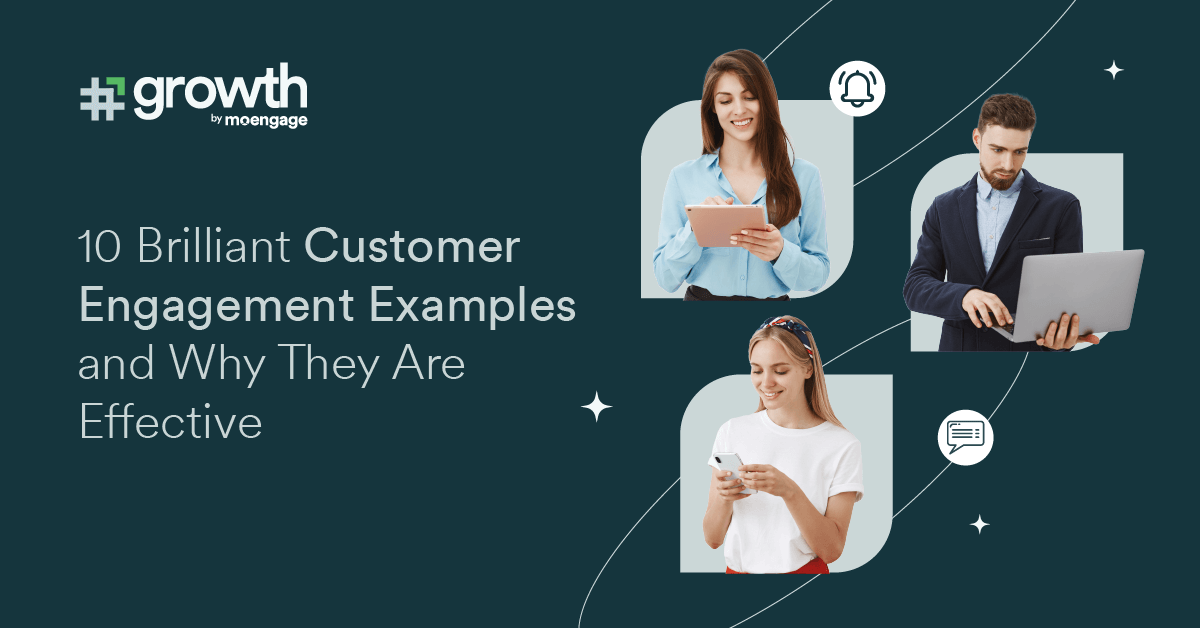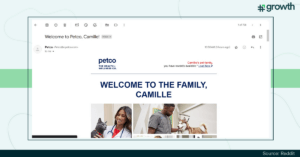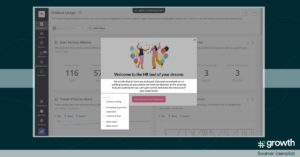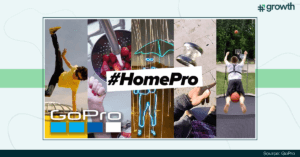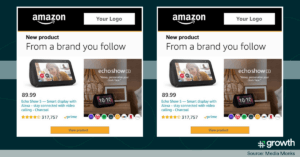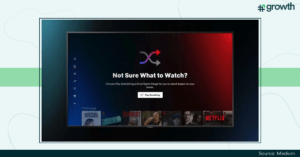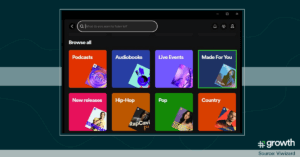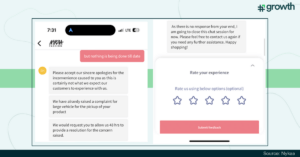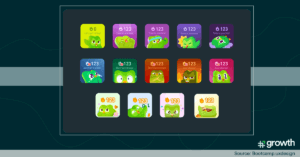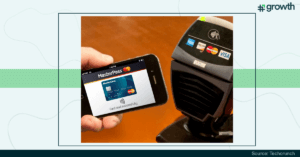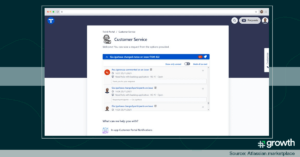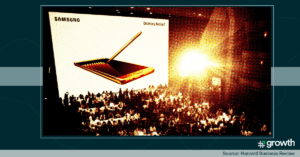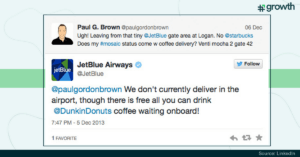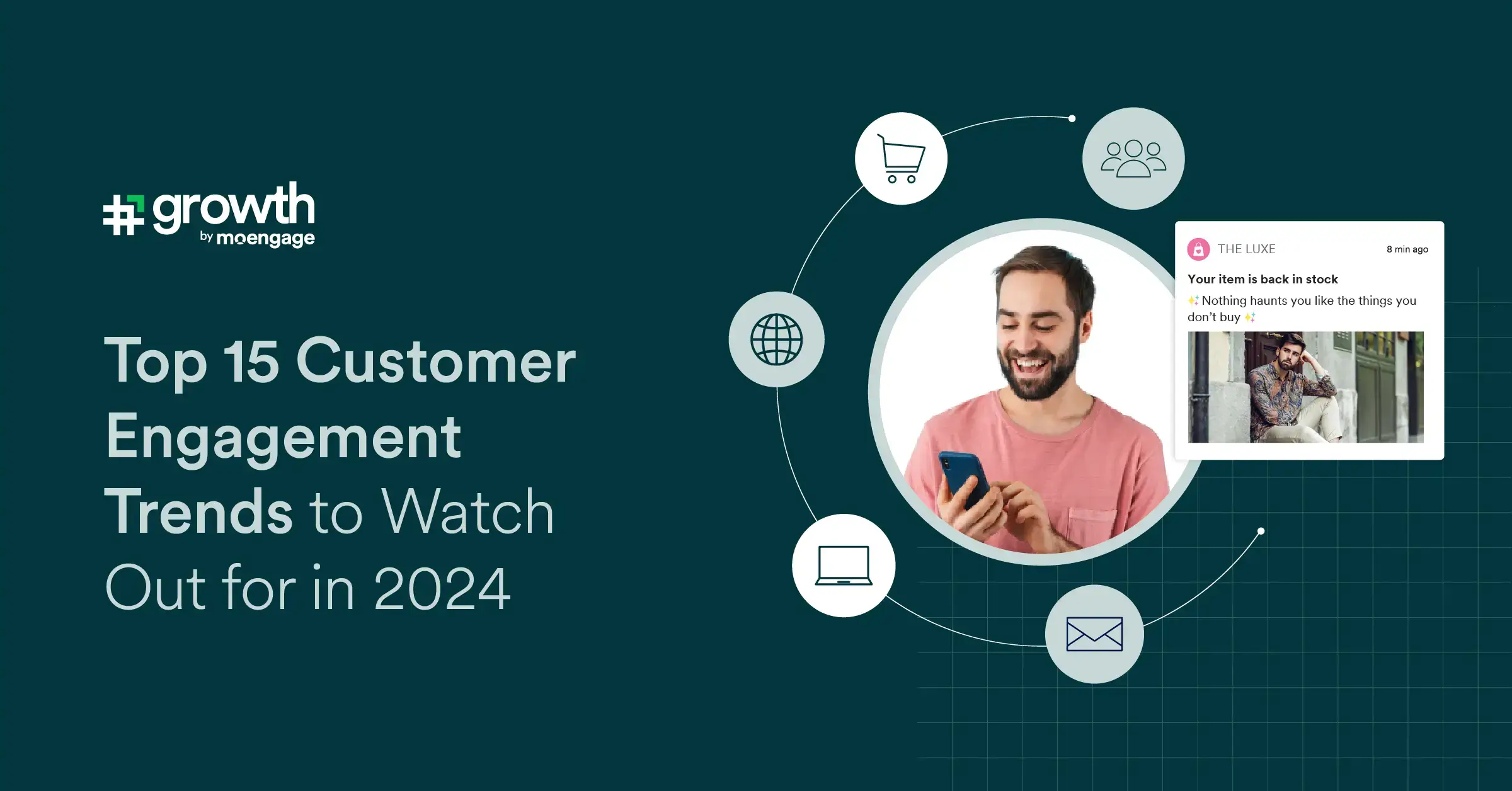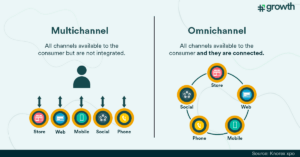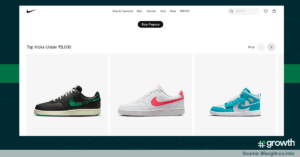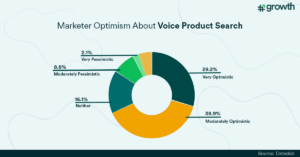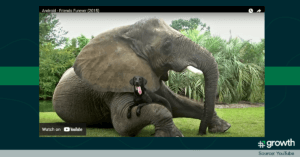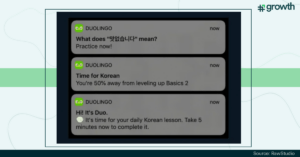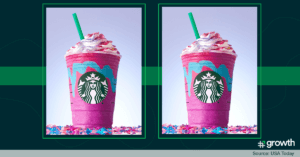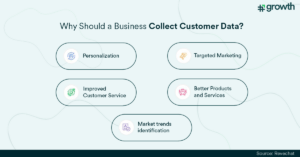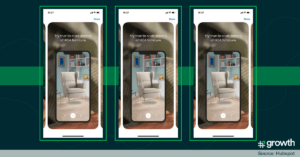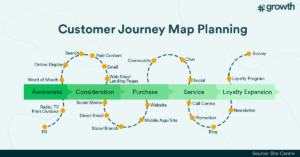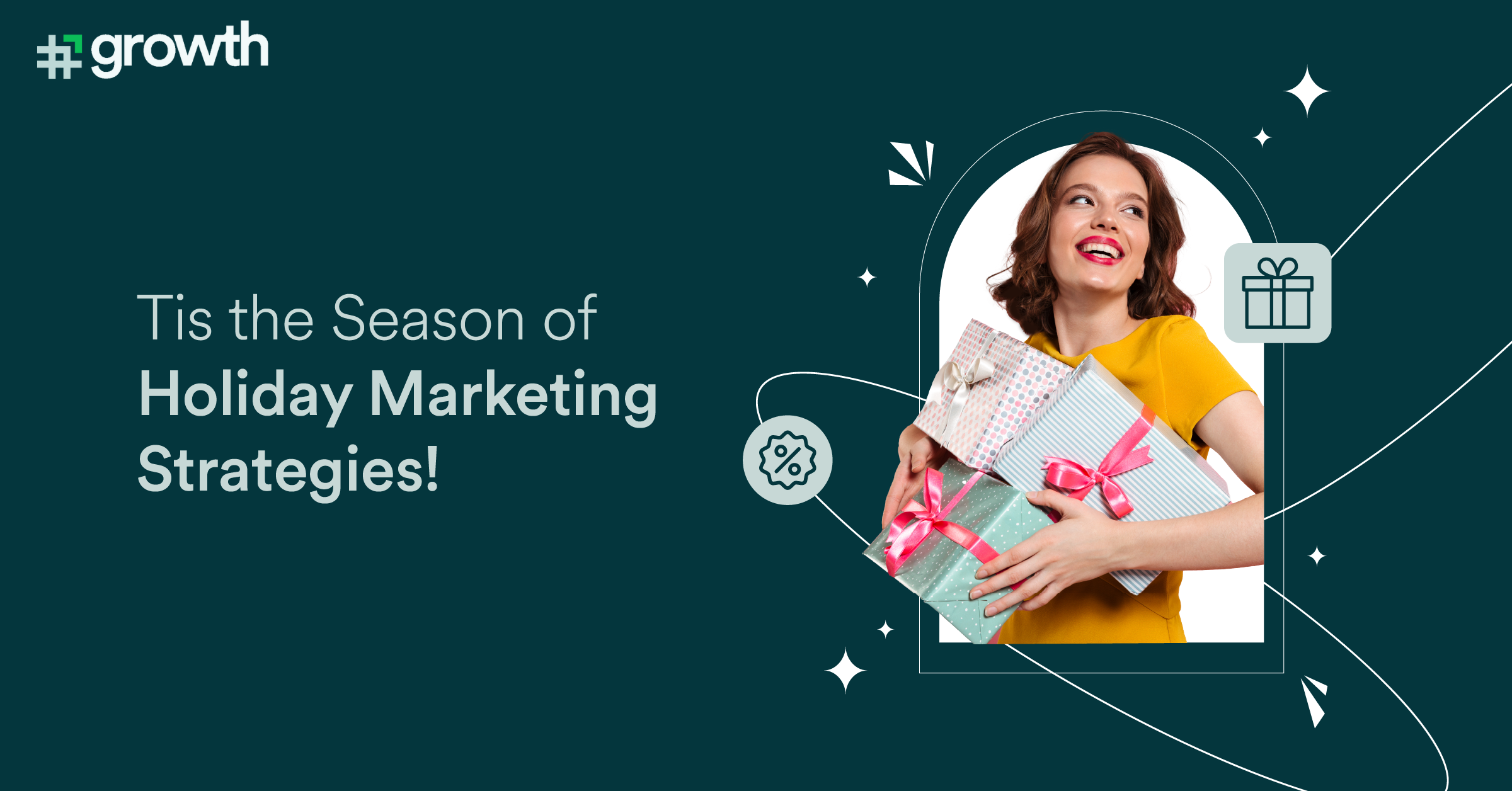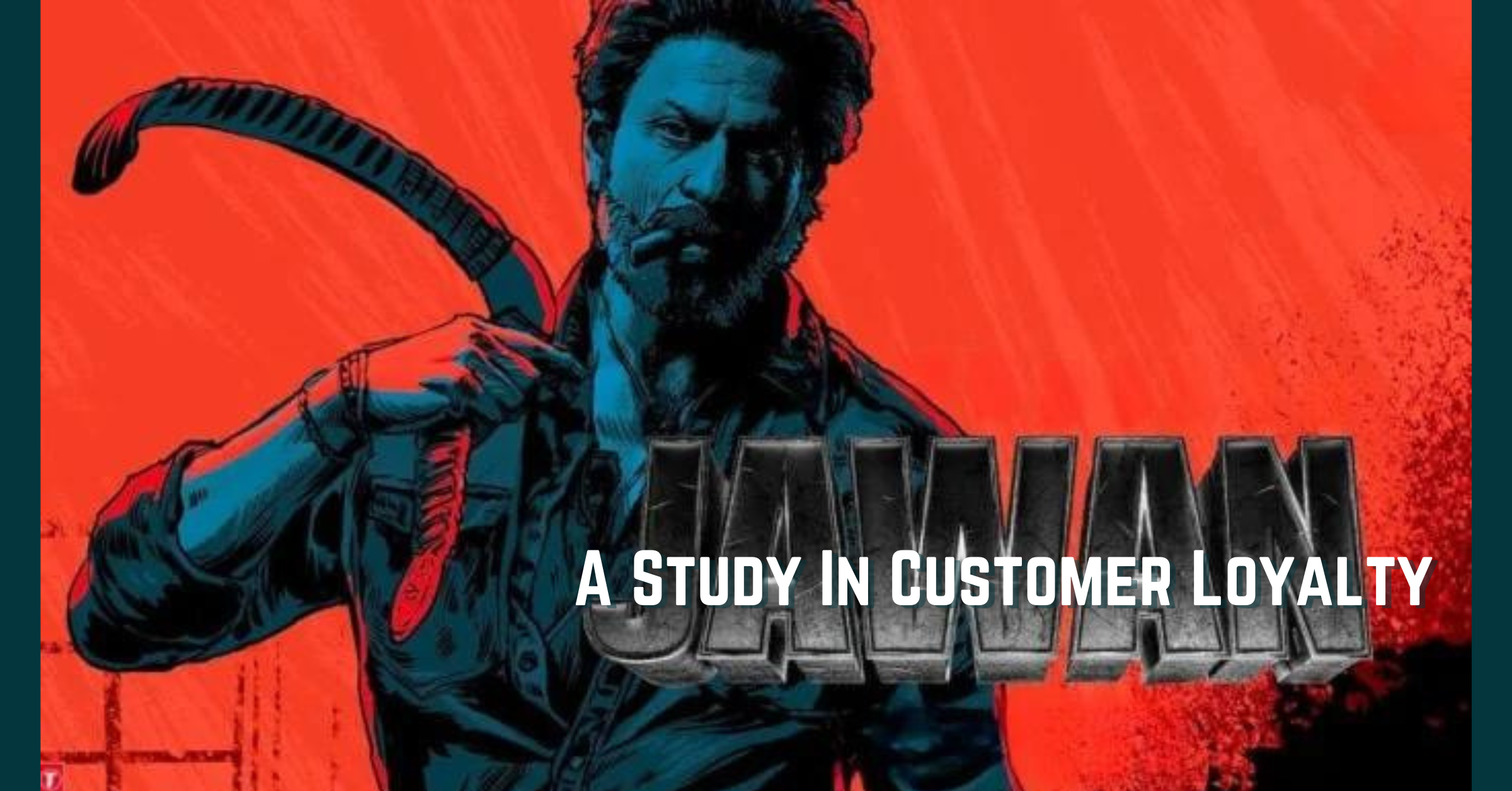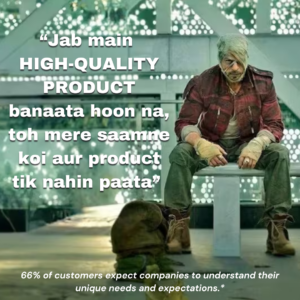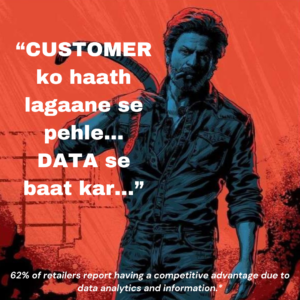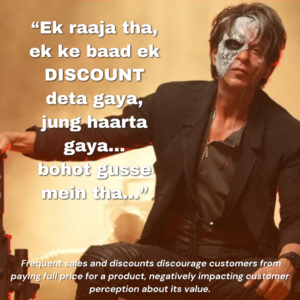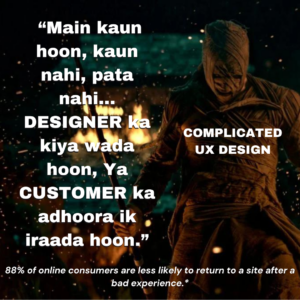With new brands popping up every day, the competition for consumers’ attention is more intense than ever before.
In today’s saturated digital marketplace, authentic audience engagement is the best way for brands to stand out and make a lasting impression. That’s why tracking customer engagement metrics is vital for brands who want to build a loyal customer base.
But which customer engagement metrics should you track and why?
Read this detailed guide to find the answers and learn how to boost customer engagement for your business. But first, let’s discuss the benefits of tracking customer engagement metrics.
Why Should You Track Customer Engagement Metrics?
Here are the benefits of tracking customer engagement metrics for your business.
Understand Customer Behavior
Tracking customer engagement metrics helps you see how customers interact with your business.
How customers engage with your content, for example, shows you what type of content resonates best with them. Similarly, tracking website engagement metrics helps you understand which pages site visitors find most engaging.
You can use these insights to create more useful and targeted content for your audience.
Identify Trends to Fuel Your Strategy
Understanding what customers like or dislike can also help improve your marketing and customer engagement strategy.
It allows you to focus your efforts on what works and stop doing what doesn’t. This not only makes your marketing efforts more targeted but also saves time and money you’d have otherwise spent on customer engagement tactics that don’t work.
Avoid Churn and Boost Customer Retention
Analyzing customer churn and retention rates helps you identify potential issues that stop customers from doing business with you. You can then proactively work toward resolving these issues and improving customer retention.
Churn analysis also helps you identify at-risk customers so you can engage them and win them back before they churn.
Enhance Customer Experience and Satisfaction
Tracking customer engagement metrics helps you identify issues quickly. If customers stop engaging with your business, you can immediately look for reasons and fix the issues.
For example, when you send a survey to measure customer satisfaction levels, add an open-ended form field where customers can provide their reasons. If someone is not satisfied with your brand, they can use that to tell you why.
This will help you understand what you’re doing wrong and correct it, improving customer experience with your brand.
Top Customer Engagement Metrics You Should Track
Here are some of the top customer engagement metrics you should track.
1. Conversion Rate
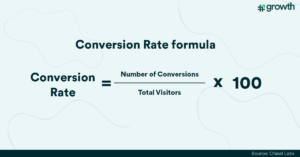
Source
This is perhaps the most important of all customer engagement metrics. It tells you the share of leads who took a desired action (conversion) of those who entered your funnel.
Conversions need not necessarily refer to a customer buying something but can be anything from subscribing to your newsletter to downloading an ebook. The definition of conversion will differ from one campaign to another.
The formula, however, remains the same:
A low conversion rate shows that people didn’t engage with your marketing content enough to take the next steps. By regularly tracking this metric, you can optimize your content or campaigns till you start seeing better results.
2. Customer Retention Rate
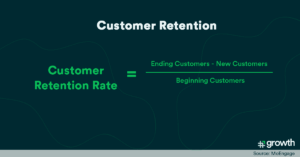
Source
This metric measures the share of customers your company is able to retain out of your total customers within a period.
The more customers use your products or consume your content, the more engaged they are. Such customers are easier to retain than inactive customers who haven’t interacted with your business in a while.
Let’s say you started the year with 100 customers and acquired 20 new customers during the year. You also lost 40 customers, so at the end of the year, your total customers are 80.
Your customer retention rate will be: (80-20/100)*100 = 60%.
A high customer retention rate shows high customer engagement, as they want to continue doing business with your company.
3. Customer Churn Rate
If customers don’t find your product or service useful and stop engaging with your brand, they eventually leave.
Customer churn rate calculates the share of customers who left your business during a period out of the total number of customers at the beginning of the period.
Here’s the formula:
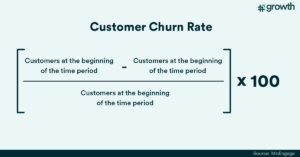
Source
A high churn rate shows low customer engagement and several other potential issues. The reasons why customers churn could be varied, from a lack of understanding of the product to not finding it useful.
By regularly tracking your churn rate, you can identify these issues and take measures to correct them and reduce customer churn.
4. Average Session Duration
If you want to see how site visitors are engaging with content on your website, then this is one of the best customer engagement metrics to track.
It refers to the average time site visitors spend on your website during one visit.
Let’s say an individual visits your website and checks several pages. The session duration would comprise the entire time spent on the website, not just a single page.
A high average session duration tells you that site visitors are engaging with your website content and finding it relevant. The opposite is also true, in which case, you need to take corrective measures to engage your site visitors better. You can easily track this metric with tools like Google Analytics.
5. Pages per Session
This is another customer engagement metric you should track to assess the extent to which site visitors are engaging with your website content.
The more pages someone visits, the more engaged they are with your website. However, make sure you track this metric along with the average session duration to get the bigger picture.
If site visitors are jumping from page to page without spending much time on any, then that’s not a good sign. It could simply be that they’re finding your site navigation difficult.
6. Bounce Rate
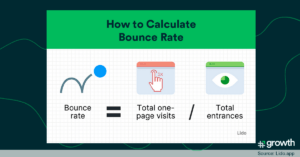
Source
If a site visitor leaves your website after checking out a single page, it’s counted as a bounce. Bounce rate measures the share of one-page visits of the total number of visits. Here’s the formula:
If you use internal links effectively and have great site navigation, visitors should ideally check out other pages and not just one. A high bounce rate, therefore, shows low customer engagement on your website.
7. Social Media Engagement Metrics
Measuring customer engagement for your social media content is vital to assessing its relevance and value to your audience. However, there are different social media content formats and numerous engagement metrics you can track.
Here are some common ones:
- Likes: The more likes your content gets, the more people are engaging with your content.
- Shares: This is a better measure of engagement than likes because people like numerous posts but only share the ones they really like and relate with. A high number of shares shows that your content is resonating well with your audience.
- Comments: A high number of comments is also a sign of audience engagement and works in your favor as far as social media algorithms are concerned.
- Views: This metric tracks the number of people who saw your social media content. It is typically used to track audience engagement for videos.
- Impressions: Unlike the other metrics listed here, this one is typically used to assess the engagement that social media ads get. It refers to the number of times your ad or content was shown to users.
You can also calculate each post’s engagement rate. Add the total number of likes, comments, and shares on a post and divide it by your total number of followers to get the percentage.
8. Email Engagement Metrics
If you use email marketing, then measuring the engagement your emails get is crucial.
Low engagement could signify that your subscribers do not find your emails relevant or valuable. In this case, you may need to change your email strategy and content to get better results.
Some common email engagement metrics you can track include:
- Open rate: This measures the percentage of recipients who opened your emails of the total who received them. Engaging and relevant subject lines lead to higher open rates.
- Click-through rate: CTR calculates the percentage of email recipients who clicked on a link in your emails. A high CTR shows that your email and CTA copy are engaging.
- Conversion rate: It’s one thing to click on a CTA link and another to take the desired action. The conversion rate tracks the latter. It’s the percentage of recipients who took action by clicking on your email CTA.
- Unsubscribe rate: It is the percentage of recipients who chose not to receive any more emails from you. A high unsubscribe rate is a red flag and a clear sign of low email engagement.
- Return on investment: As with the ROI of any other campaign, this measures the percentage of profits gained compared to what you spent.
- Bounce rate: Sometimes, emails you send are not delivered to the recipients and bounce back. This metric calculates the percentage of bounced emails over the total number of emails sent.
- Engagement rate: This measures total engagements (opens, clicks, etc.) as a percentage of the number of emails delivered.
9. Customer Satisfaction Store
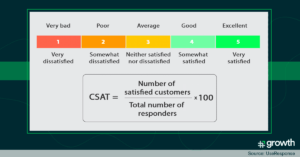
Source
As the name suggests, CSAT measures how satisfied customers are with your product or service.
To calculate this, you need to send feedback collection surveys to customers, asking them to rate you based on their satisfaction level. The rating scale looks like the one shown in the image below, which also covers the formula for calculating CSAT:
Here, the number of satisfied customers is the number of customers in the green zone, i.e., those who rated 4 or 5.
10. Net Promoter Score (NPS)
NPS is used to measure how likely customers are to recommend your brand to others. It’s an indicator of both customer engagement and loyalty.
To collect data for calculating this, you need to send surveys to customers, asking them to rate your business. Here’s an example of an NPS survey:
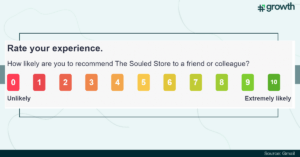
Source: From Gmail
Based on the ratings collected from various customers, you can calculate the score, as shown in the image below:
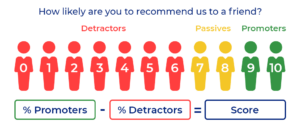
Source
It’s the difference between the percentage of Promoters (those who rated 9 or 10) and Detractors (who rated 0-6). The passives are not counted in this.
A high positive score shows that most of your customers are engaged and would love to recommend your brand to others.
11. Customer Lifetime Value
Customer lifetime value is the measure of all the revenue you will earn from a single customer throughout their relationship with your company.
Here’s the formula to calculate it:
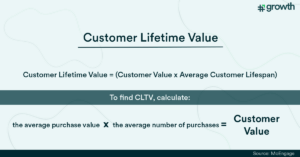
Source
This metric helps you identify your most valuable and engaged customers, who you can keep engaged and loyal through various marketing efforts.
5 Best Practices for Customer Engagement
Simply tracking customer engagement metrics is not a guarantee for success. You also need to follow these best practices to engage and retain customers and grow your business.
1. Connect with Customers by Sharing Your Brand Story
One of the most effective ways of connecting with your customers is to tell them your brand story.
How did your brand come into being? What does it stand for, and why does it matter?
Brands with a great origin story that clearly communicates their brand values to customers develop strong customer relationships.
Check out this video, in which Netflix tells the story of how the brand came into being and revolutionized the way people watched movies and TV shows.

Source: YouTube
Stories like these not only engage the audience but also build lasting connections that foster brand loyalty and retention.
2. Prioritize Personalization in All Customer Interactions
Personalization helps you connect with each customer on an individual level, making them feel special. When you personalize interactions, you humanize your brand and appear as one that cares for its customers.
In today’s connected digital world, personalization has evolved to be more than just using a customer’s name. Customers expect you to remember your past interactions and offer custom solutions, irrespective of the communication channel.
That’s where using a good customer relationship management software solution can help you. A CRM collects and integrates all customer data so that anyone in your company who interacts with a customer has all their information on their fingertips.
Make your brand stand out in the noise by offering carefully curated, personalized experiences to customers across all touchpoints.
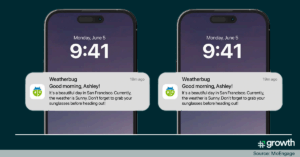
Source
A good example that shows the impact of personalization is how WeatherBug, a weather application, used MoEngage to send personalized messages to inactive customers. The personalized re-engagement campaign got a 27% win-back rate, helping the app retain more customers.
That’s the power of personalization.
3. Take Customer Feedback Seriously
If you want to retain your customers and keep them engaged with your brand, you need to take their feedback seriously. This involves not only proactively seeking feedback but also taking action on it.
Is there a common issue that most customers complain about regarding your product or service? Work on those areas of improvement, and make sure you let them know what changes you’ve made based on their feedback.
This will make them feel seen and heard and show that you care about their input.
Salesforce has taken this best practice to the next level by creating a dedicated platform to seek customer suggestions. IdeaExchange is a platform where its customers share product ideas or features they’d like to see:
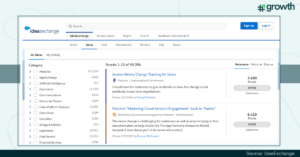
Source
Any idea that gets enough votes is reviewed by the product development team and implemented if feasible.
4. Focus on Providing Value, Not Promotions
When communicating with customers or creating content for your audience, focus on providing value first and promoting your brand second. The key to authentic customer engagement lies in offering value to them.
Why should they read your email or visit your blog? What’s in it for them?
If you adopt a customer-centric approach to business, you will automatically boost customer engagement.
Today’s customers are smart and can spot a promotion from a mile away. To truly connect with them, you need to create relevant and useful content and marketing offers.
5. Engage in Two-Way Conversations
Irrespective of the communication channel you use, make sure you give your customers a chance to interact with you.
If you’re sending emails, for example, send them from an email address that customers can reply to, in case they have any concerns. Leave the communication channel open.
Similarly, if you’re posting content on social media, don’t make it one-sided. Reply to audience comments and start conversations to engage with your customers.
This will give your brand a human face and let people know that they’re engaging with a person rather than a faceless brand.
See how Owlcrate, a small book subscription business, engages in social media conversations with its audience:
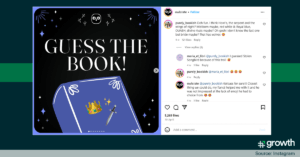
Source
Such personal and authentic interactions have helped it build a loyal and engaged audience base.
Ready to Boost Your Customer Engagement in 2024?
There you have it—some of the most important customer engagement metrics you should track and best practices to boost customer engagement.
Remember, authenticity is key to customer engagement in today’s era. Focus on building genuine customer relationships and engage in authentic conversations to build a loyal and engaged customer base.
Need help engaging with your customers? Check out this consumer trends report to understand the changing consumer preferences and serve them better.
